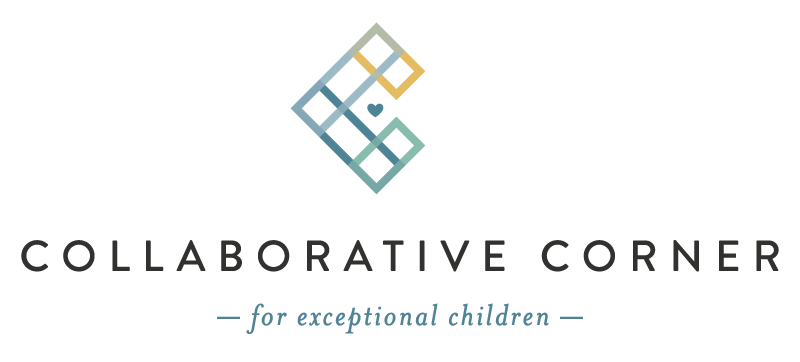Multi-Tiered System of Support: How Is It Used in the School Setting?
What is MTSS?
MTSS is an acronym for Multi-Tiered System of Support. MTSS is a term used to describe an evidence-based model of education. Interventions are data-based and used to help support instruction in the regular education classroom. The intervention occurs at different intensities (Tiers) based on student need. Weekly progress monitoring is used to create a graph of student's progress. This data is used to determine success or the need to progress to the next Tier. All decisions are data driven. The purpose of MTSS is to improve the performance of all students.
Components of Multi-Tiered Systems of Support
MTSS is not a prepackaged, one size fits all program. Rather, it is a framework for providing differentiated support based on the unique needs of individual students. The proactive premise of MTSS works by striving to prevent school failure, and by addressing academic challenges in a responsive way. The following are essential components in developing, implementing, and sustaining effective MTSS frameworks in schools:
Varying levels of support (tiers). Students receive varying levels of support in three tiers.
Screening. Screenings are administered to all students to determine potential challenges and areas of concern.
Progress monitoring. As evidence-based instructional strategies are implemented, student achievement is regularly assessed by measuring progress, potentially necessitating a change in future instruction. This data is garnered through many means, thus providing many opportunities for students to demonstrate their learning.
Data-driven decisions. Data collected on student achievement occurs through various mediums when identifying areas of strength and struggle. Data-driven decisions regarding instruction and intervention are provided in increasing intensity (i.e., tiers) based on student needs, which may change over time. Students are placed in these tiers using data, which is collected and analyzed throughout the instruction and intervention times.
Information above taken from here.
Tiers
Tier 1: 80 to 90% of students need to be successful with the classroom instruction. If less than that percentage are determined to be successful from the data, then the instruction is not working. Tier 1 instruction needs to be improved before student(s) would be moved to Tier 2.
Tier 2: Only 5% to 10% of the students should need targeted intervention.
Tier 3: Only 1% to 8% of students should need intensive intervention.
Examples of Interventions at Each Tier
Tier 1: These interventions are core instruction that occurs in the classroom. The core curriculum needs to be evidence based and teachers need to differentiate instruction. Differentiation means teaching the information through multiple modalities such as auditory, visual, and kinesthetic (hands on). Behavior interventions may include a behavior sheet that is associated with a reward for positive behavior.
Tier 2: Behavior interventions include “check in/check out,” mentoring, and social skills groups. Academic interventions are more difficult to give examples of because each school may use a different program. Some programs used include SRA Early Interventions in Reading, Corrective Reading, and Reading Mastery.
Characteristics of Tier 2 interventions include general education instruction plus the following intervention:
Small-group instruction (2-4 students)
3-4 intervention sessions per week (30-60 minutes per session)
Conducted by trained and supervised personnel (not the classroom teacher)
Conducted in and out of the general education classroom 9-12 weeks in duration (repeated, as needed)
Information taken from here
Tier 3: Behavior interventions include a Functional Behavior Assessment (FBA) that drives a formal Behavior Intervention Plan (BIP). Academic programs are difficult to give specific examples of because each school may use their own interventions. The programs used in Tier 2 can be continued at a more intensive level, but must be taught by an individual rather than use of a computer.
Characteristics of Tier 3 interventions include general education instruction plus the following:
Group size is only one to three students.
Time per week is 150-300 minutes.
Duration is 9-12 weeks.
Progress monitoring is conducted up to twice a week.
Level of intensity generally requires a full period of instruction held outside a general education classroom.
Educator responsible for intervention sessions requires specialized training (e.g. Title 1 reading teacher, psychologist, counselor, special education teacher, therapist, highly trained aide using a scripted program).
Systematic and explicit instruction that includes modeling and direct teaching using multiple examples.
Specialized programming that focuses on just a few key skills at a time.
Mirroring of skills being taught in the general education classroom, as well as attention to filling in skill gaps that are causing difficulty in the general education classroom.
A variety of practice opportunities that coordinate with identified classroom skills but use different approaches.
Continuous corrective feedback, encouragement, and self- monitoring activities.
Information taken from here.
Common Misconceptions of MTSS
It is NOT:
an instructional program
a system based on failure and random decision
intended to encourage placement of students in exceptional education classes
the same for every school
a special education, a general education, a Title 1, or a talented and gifted initiative
It is:
a framework to implement effective practices
proactive and data-driven
a system of matching needs and resources
uniquely designed for each school
an every education initiative focusing on system change to help all children
Above referenced information taken from here.
If you have any questions regarding MTSS, please contact jessica@collaborativecorner.org
Jessica Barisano
Special Education Advocate and Founder of Collaborative Corner for Exceptional Children

